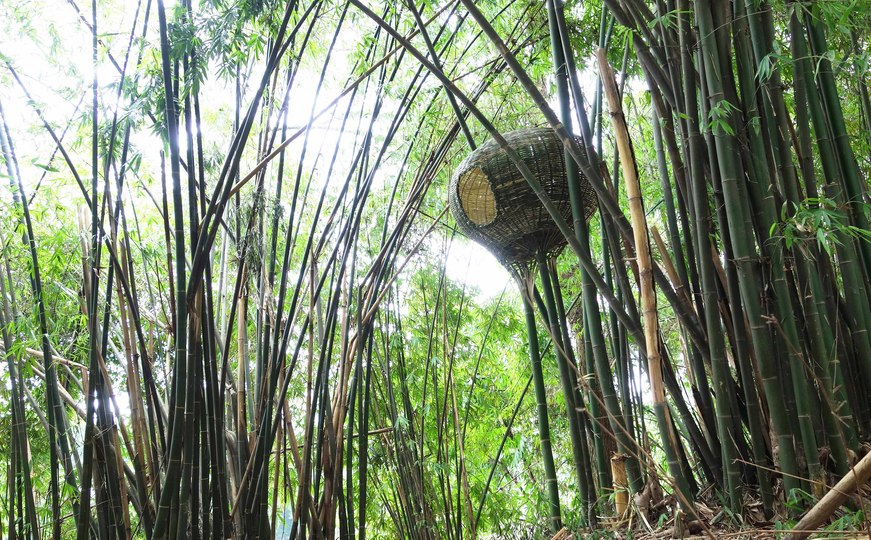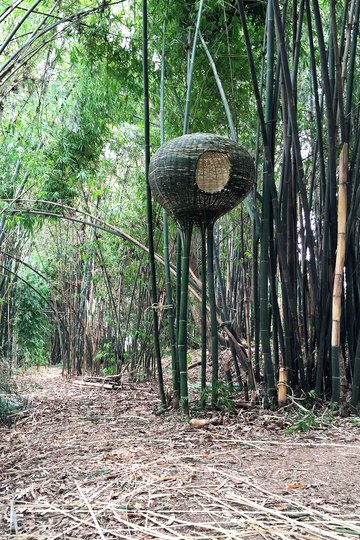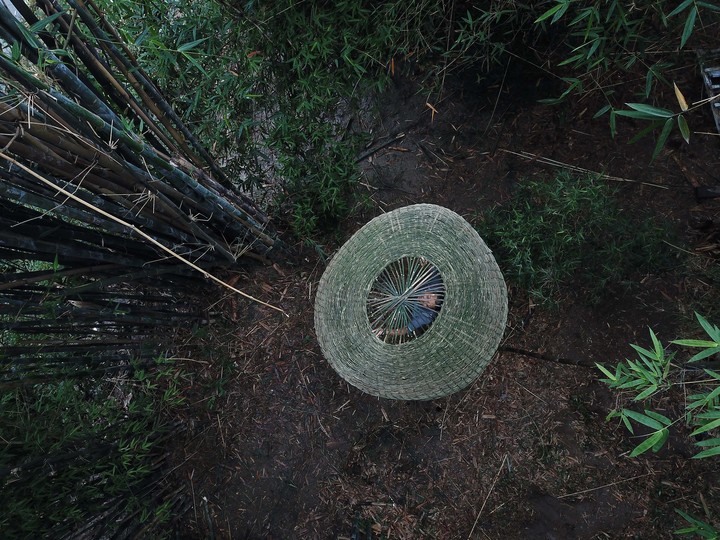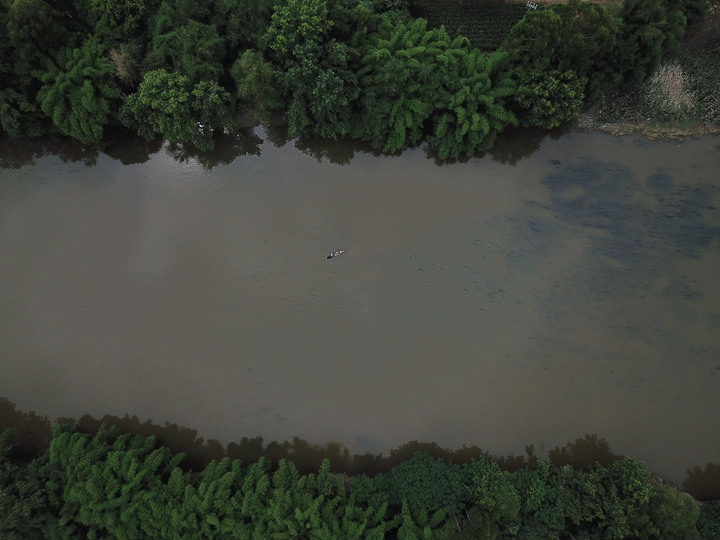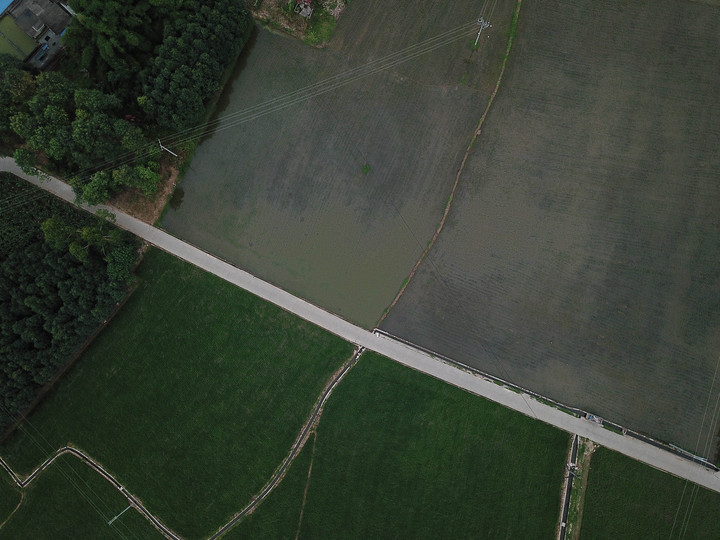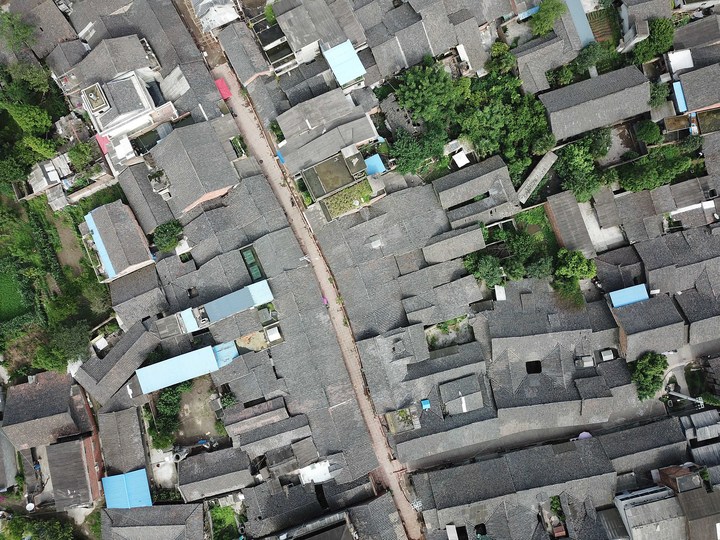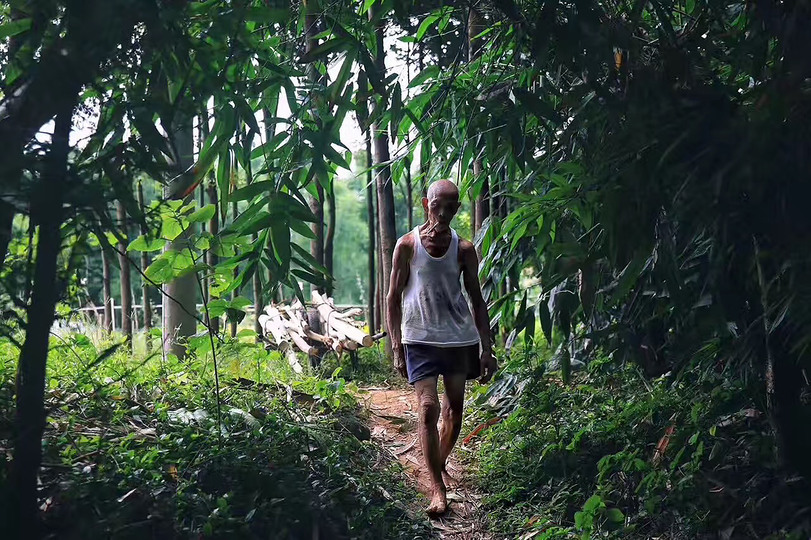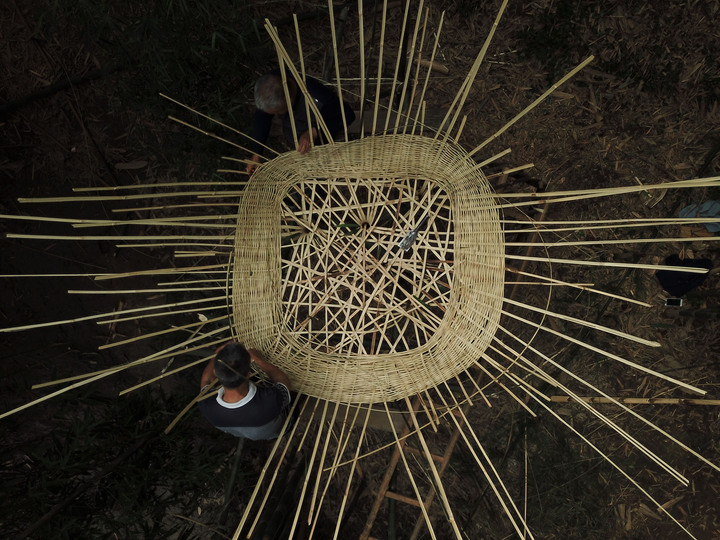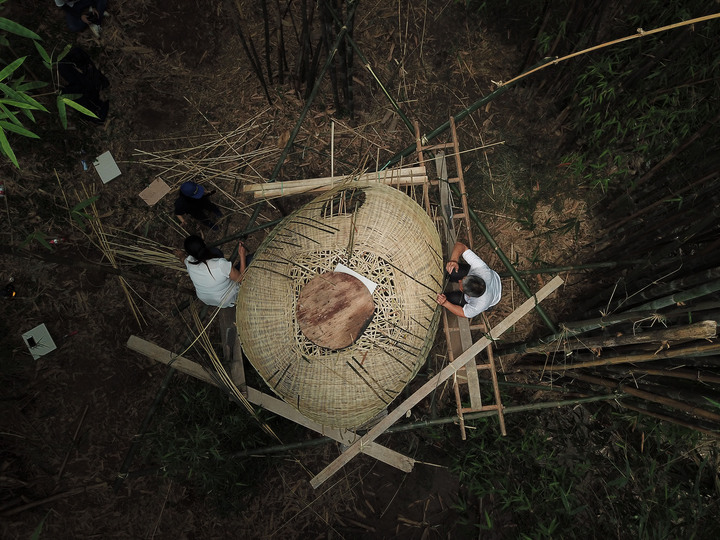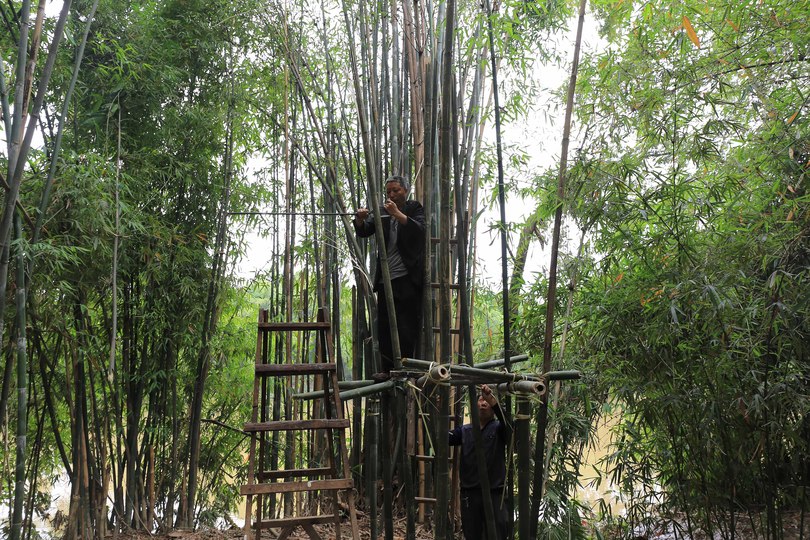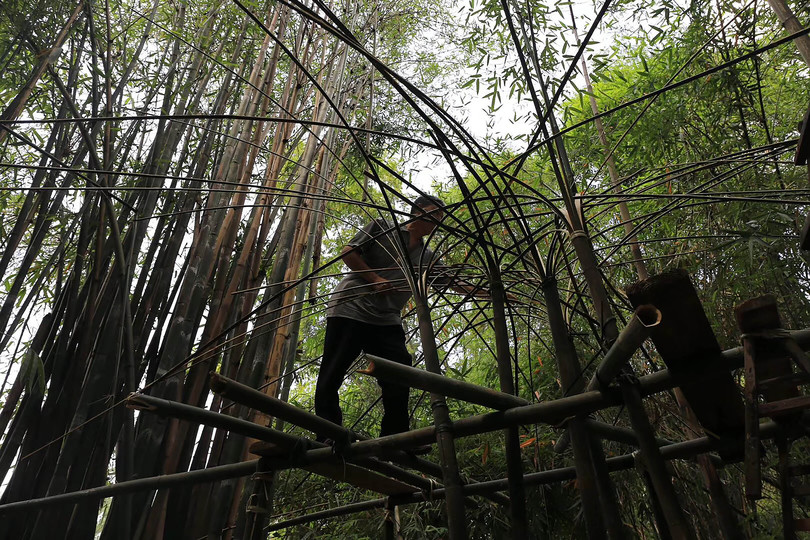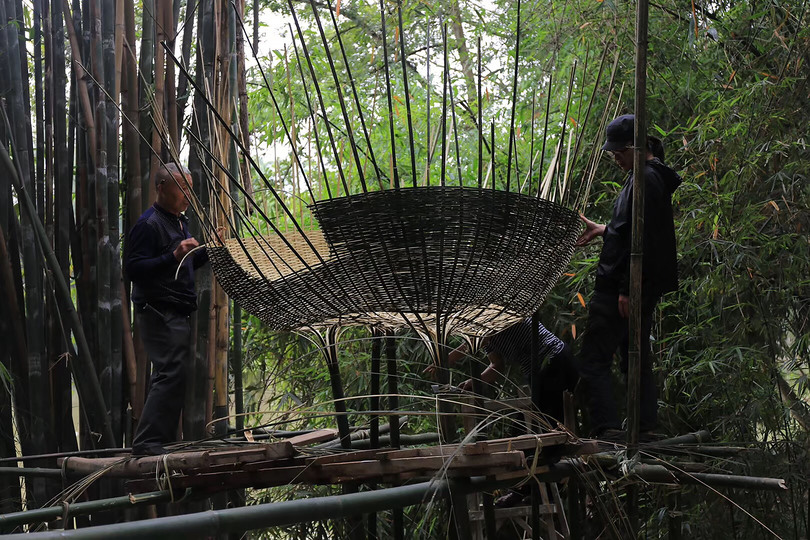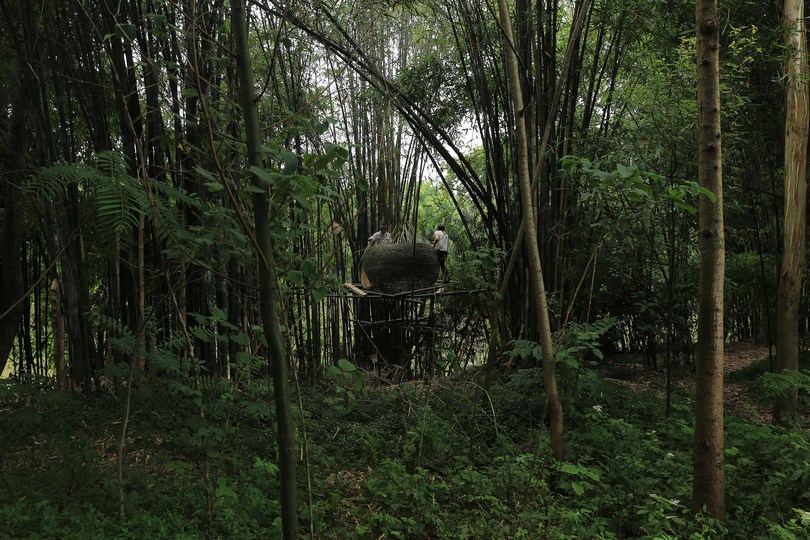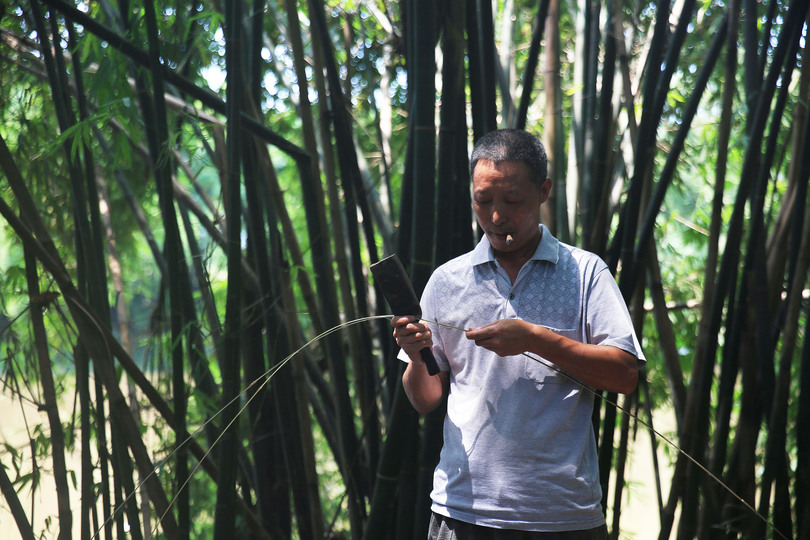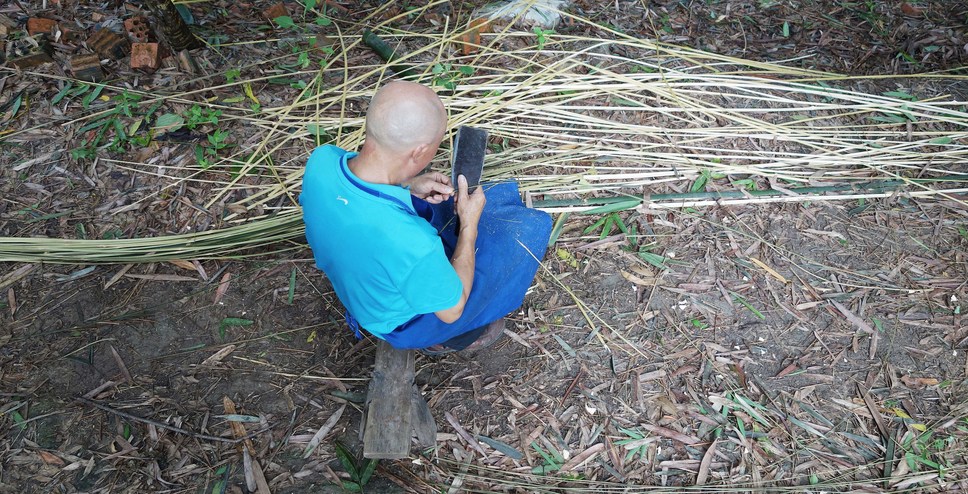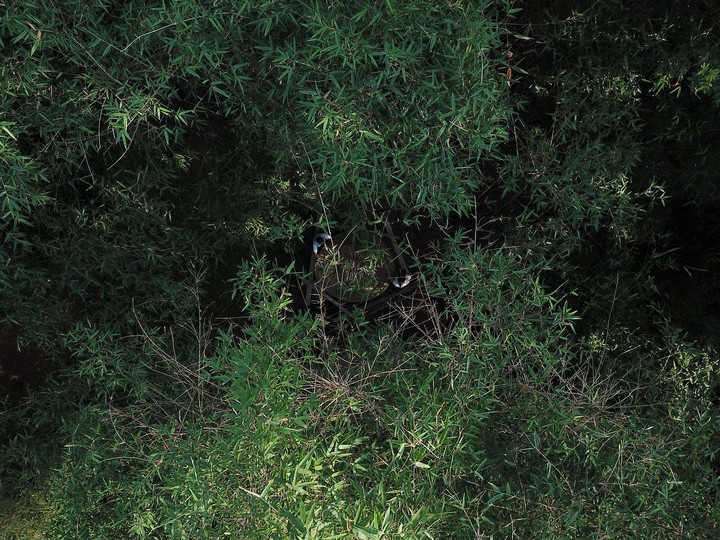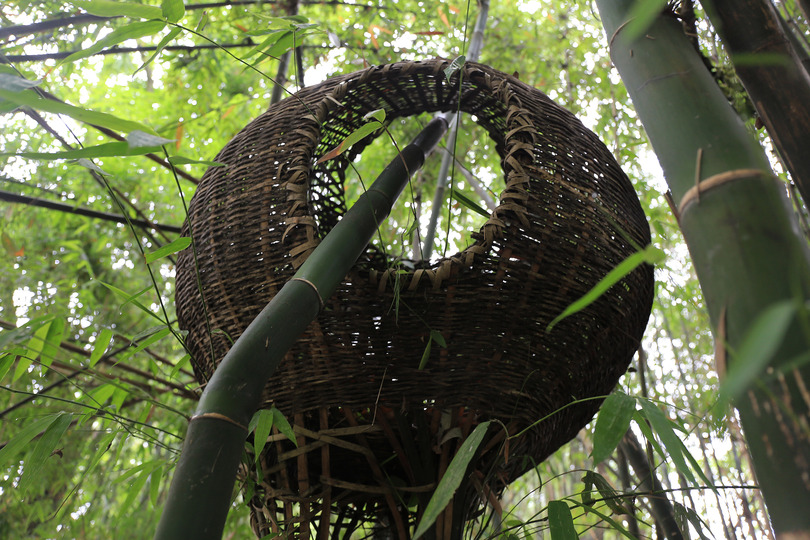NONGZAO·THE NEST -- Fieldwork On Qingshen Bamboo Weaving Of Sichuan Province, China
Located in the southwest edge of Chengdu Plain in Sichuan Province, Qingshen County is an ancient town where the Minjiang River passing through from north to south, and now it is under the jurisdiction of Meishan City. Given the unique environment of humid climate and fertile soil, acres and acres of bamboo are growing here and generations have passed on surrounded by bamboo for thousands of years. In the 21st century, Qingshen’s Bamboo Weaving Art has been listed as the China Intangible Cultural Heritage and Qingshen County has been known as the historic town of bamboo weaving art.
Bamboo, known as the plant with iron will, is a typical kind of organism with good mechanical properties. It´s a fast-growing plant that can grow into full size within one year. In a word, bamboo is a kind of rapid regeneration resources that contains natural aesthetics of original ecology. The material of tradition bamboo weaving in Qingshen County is a home-grown bamboo with a scientific name called “Neosinocalamus affinis”. Such kind of bamboo has been widely planted in town and considered the superior material for bamboo weaving with its few but long bamboo sections and strong tenacity of fiber in culms.
Looking down from the sky, farmlands and bamboo forests cover half of the town. Nearly 80% of the 200 thousand total population is still rural, it seems that the rapid construction of modern urbanization nationwide has not yet arrived on this small land. But changes have been quietly undertaking.
Bamboo weaving products used to bring steady income to the townees, which is now losing the advantages under the economic globalization with increasingly fierce market competition and product homogenization. Only products of complicated design or fancy skills can create eye-catching selling point and survive in the shrinking market with enough profit, resulting in the abnormal development of bamboo weaving art which is still accelerated by the excessive pursuit of economic value. Moreover, the time-consuming and less profitable bamboo weaving is no longer appealing to the younger generation. Encouraged by the reformed and open policy of "Letting some some regions and some people become rich first”, young and middle-aged townees longing for material wealth left their hometown and went to work in the large cities, bamboo weaving techniques is thus put in a difficult situation of lacking successor by the outflow of labor forces.
The vulnerability and stagnation of Qingshen’s Bamboo Weaving Art in the new era are basically a result of the collapse of farming civilization that rooted in the past. So we sought back to the nature, where it origins, for the way to get rid of predicament and continue to develop. The Nest Experiment of Nongzao brings the Qingshen’s Bamboo Weaving Art back to the most natural and original folk life, recurring the primitive vitality of folk culture.
We performed our improvisational experiment in a dense bamboo forest alongside the Simeng River of Qingshen County: we kept bamboos in the living state by not cutting them down and preserving the roots in the depth of land, and then started weaving some unplanned structures and shapes right on the bamboos.
We selected some annual bamboos and began to weave without cutting them down. Root preservation and fixing spots limited the flexible application of technique and unconventional weaving concept slowed down the process. Using three clustered bamboos, we lifted up a nest in the height of 3.5 meters after repetitive adjustments. The nest is pliable but strong. When situating inside and slightly swinging, joy naturally wells up from deep inside.
What traditional handicraft fascinates and surprises us the most is the nonphysical existence and invisible force come from farming civilization, at the same time, all of which are actually contained in the folk.
Editorial Note
Mr. Liu Qianxing, a bamboo weaving craftsman took us great effort to find, lives in Changchi Village of Qingshen County. He began to acquire the skill of bamboo weaving when he was 7, and became the real master in Qingshen’s Bamboo Weaving Art after years of weaving practice in plane figure, solid form and combined techniques. Liu is a kind person who maintains a positive attitude towards life, apart from his simple livelihood in the bamboo forests, he is just like any other people in Sichuan, always having this pursuit of leisurely life, which is naturally in their blood. Liu and many other who born and raised in Qingshen County became attached to bamboo weaving because of the local history, means of livelihood and inheritance from generation to generation. However, since the reform and opening-up in China, the younger generation has no longer stuck to bamboo weaving for a variety of reasons, as it’s tiring but making few money. They gradually turn to fishing even leave the county for another way out.
“Love what you do” said Liu, he has never thought of giving up on bamboo weaving even the market is shrinking. Liu acts on what he said by taking recreation of this traditional folk art as his own responsibility, he learns from books, teaches classes, works and creates together with his students, enriches his skills with constantly new challenges. Mr. Lu Jiquan, aged over 70, also participates in protecting this traditional art and technique, as he engaged in conservation for bamboo forests with a deeper feeling for bamboo. Unlike the masters of craft who chasing fame and profit, or the public intellectual and business men who consider as it a tool for making money, it should be remembered that there are still real masters who are unknown to fame, like Liu and Lu, doing what they are obsessed with out of belief and insistence.
We think that we are close to the nature, but we never truly are. When working in the forest the other day, Liu showed us a stone he had found in town, “ This stone looks special, like a cat´s eye, or the earth. We can take it back and make something out of it.” said delightedly. The banner hanging in town says “ Clear water brings natural sweet ”, perhaps only those who love life and respect nature can bring natural creation back to its original context.
Inspirations.
also:
Good design begins with honesty, asks tough questions, comes from collaboration and from trusting your intuition.
— Freeman Thomas
— Freeman Thomas
- penccil is free.
- No trackers. No cookies.
Just creativity.
